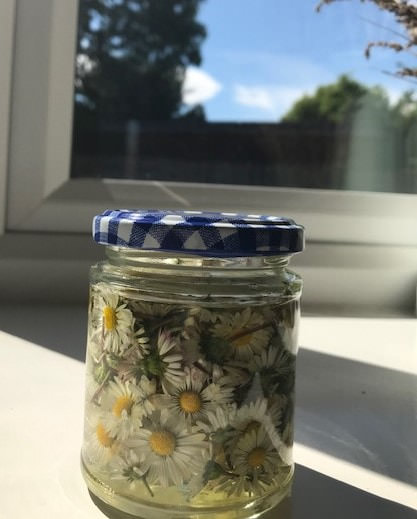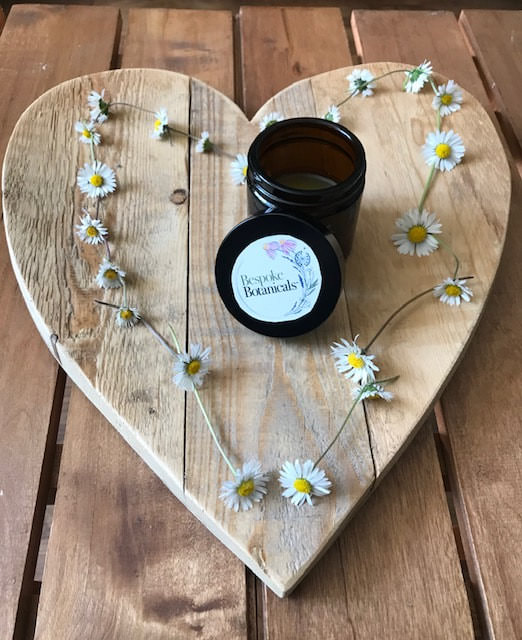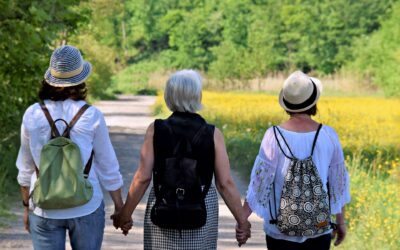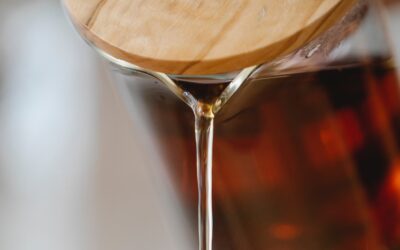


Some of my earliest childhood memories are potion making. Rose petal perfume; fairy mirrors made from a combination of twisted stems & cobwebs dipped in milk; nettle and liquorice root tea. When I was in the 4th Year of Juniors (now called Year 6) I wrote a detailed story about being shipwrecked on a desert island. I’m not quite sure what I did for food but I spent a lot of time gathering local plants and seaweeds to make my own shampoos and skincare!
I’ve never lost this fascination.
As a herbalist, I get quite frustrated when the more common herbs or weeds get overlooked for the next new Superfood or Wonder Tonic. But there is so much we can use that is all around us. We are all spending a bit more time at home than normal so I thought I’d share a few simple recipes that can be made with things we can easily find growing around us.
I thought I’d start with the humble daisy as they are easy to identify and abundant at the moment.
However please note that daisy or (Bellis perennis) is a member of the Asteraceae or Compositae family of flowering plants (which includes flowers such as daisy, echinacea, marigold and sunflower) , which some people are allergic to. If you are allergic then this isn’t the project for you. As with all homemade skincare products its also always safest to patch test a small amount on your inner arm and wait 24 hours to see if you have any reaction before proceeding. Only use on unbroken skin.
Daisies may have fallen out of fashion with herbalists these days but they have a long history of use for bumps and bruises, as well as gout and rheumatic pain, they can be used in a similar way to Arnica. See link at the bottom of this blog for more information.
To make a daisy bruise balm you’ll need:
Daisies
Oil (I use sweet almond oil, but you can use sunflower oil)
A clear glass jam jar with a lid
Beeswax (or soya wax/ rice bran wax if you want a vegan balm)
A bain marie or pan with a bowl that will fit on top
Another glass jar for the finished balm

First collect your daisies. You’ll need a few good handfuls, or a small bowlful big enough to fill your glass jar
Don’t wash the daisies, any water on them will lead to mould growing in your infused oil.
After collecting the daisies lay them out on a large tray. This allows any hidden insects to escape. No matter how carefully I pick the flowers there are always some late escapees.
Next pack the daisies into a clean glass jar and cover with enough oil that all the daisies are covered. If any are exposed to the air it can also cause mould to grow.
Tightly close the lid and leave the jar on a sunny window ledge for 2 weeks.
After 2 weeks strain the oil through a fine sieve into a measuring jug.
You can use the daisy infused oil as it is. But its more convenient to carry round with you as a balm., and balms are really easy to make. You now just need 4 parts oil to 1 part beeswax. (So if you have 100ml of oil you’ll need 25g of beeswax. If you find it easier to weigh the oil, thats 100g of oil per 25g beeswax) If you want to make a vegan balm, you can use soya wax or rice bran wax as a substitute for beeswax, it makes a slightly softer balm.
Place the oil and wax in the top of a bain-marie or in a bowl over a pan of boiling water and gently heat the mixture until the wax is fully melted.
Remove from the heat.
At this point you can add a few drops of essential oil. I often add chamomile or lavender. For 100ml of oil you can use up to 20 drops to give a 1% dilution
Pour your balm into a glass jar and allow to cool. Once cool put the lid on tightly.
Additional reading:
https://www.researchgate.net/publication/313677850_The_Pharmacological_importance_of_Bellis_perennis_-_A_review


0 Comments